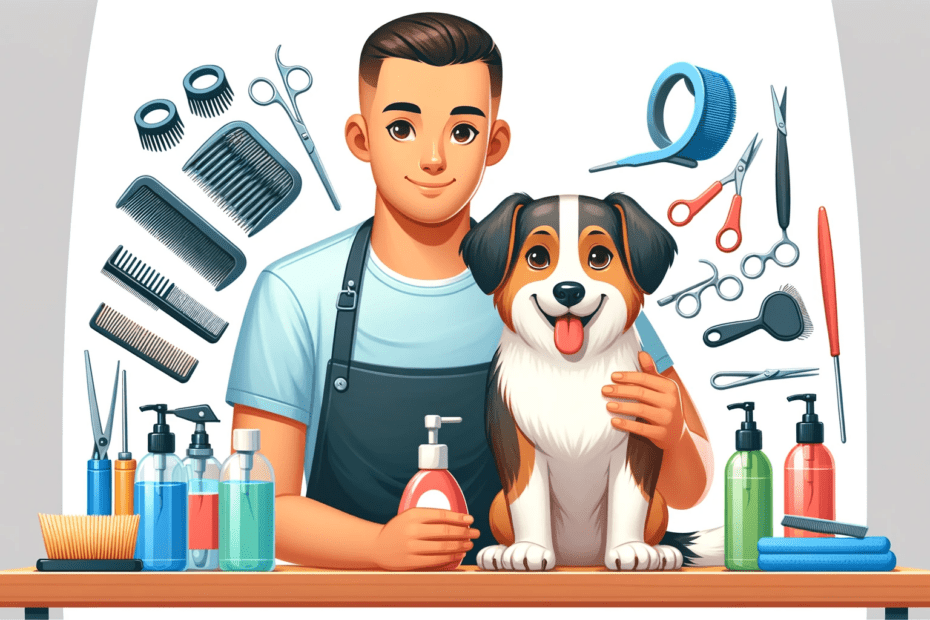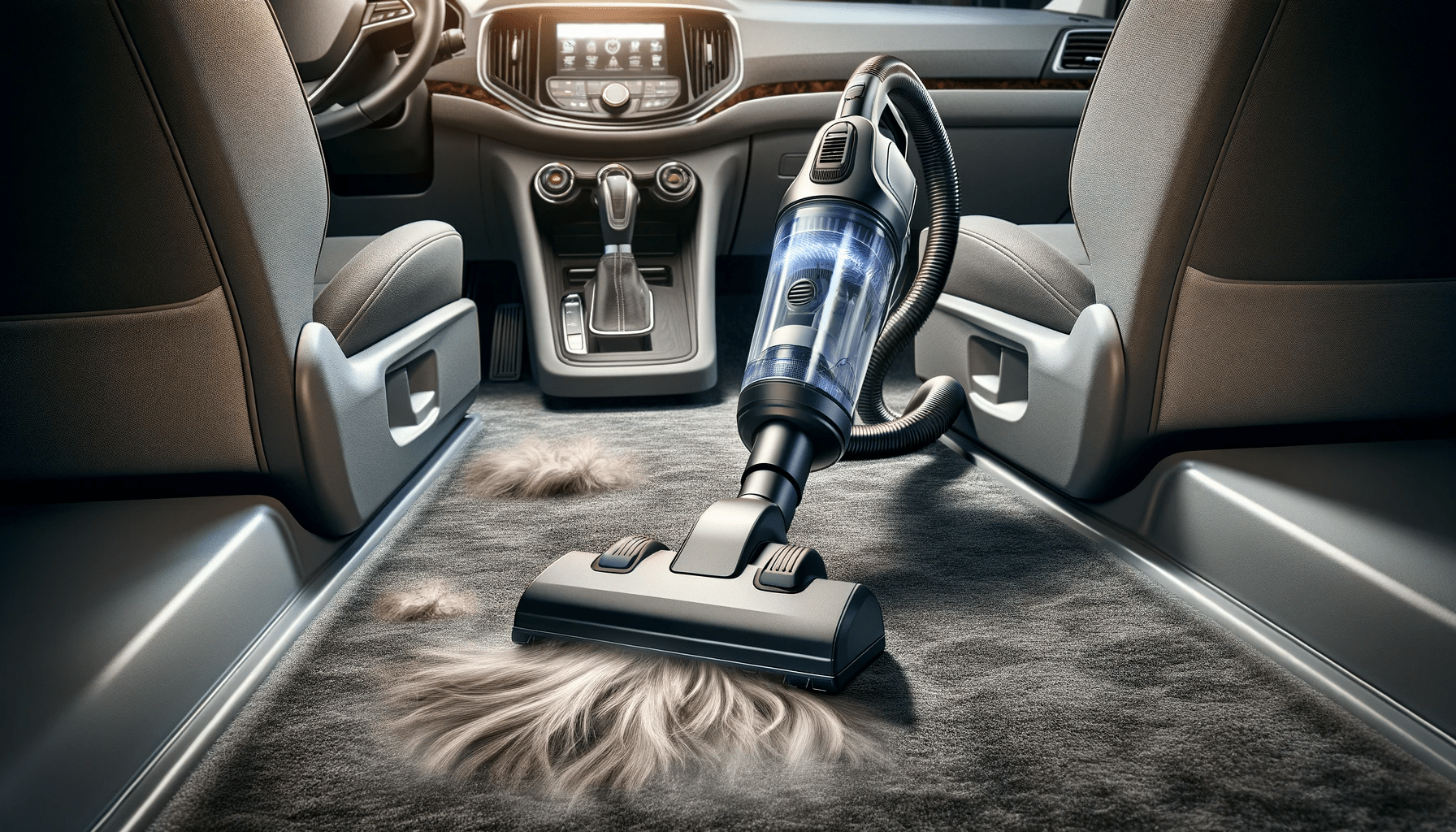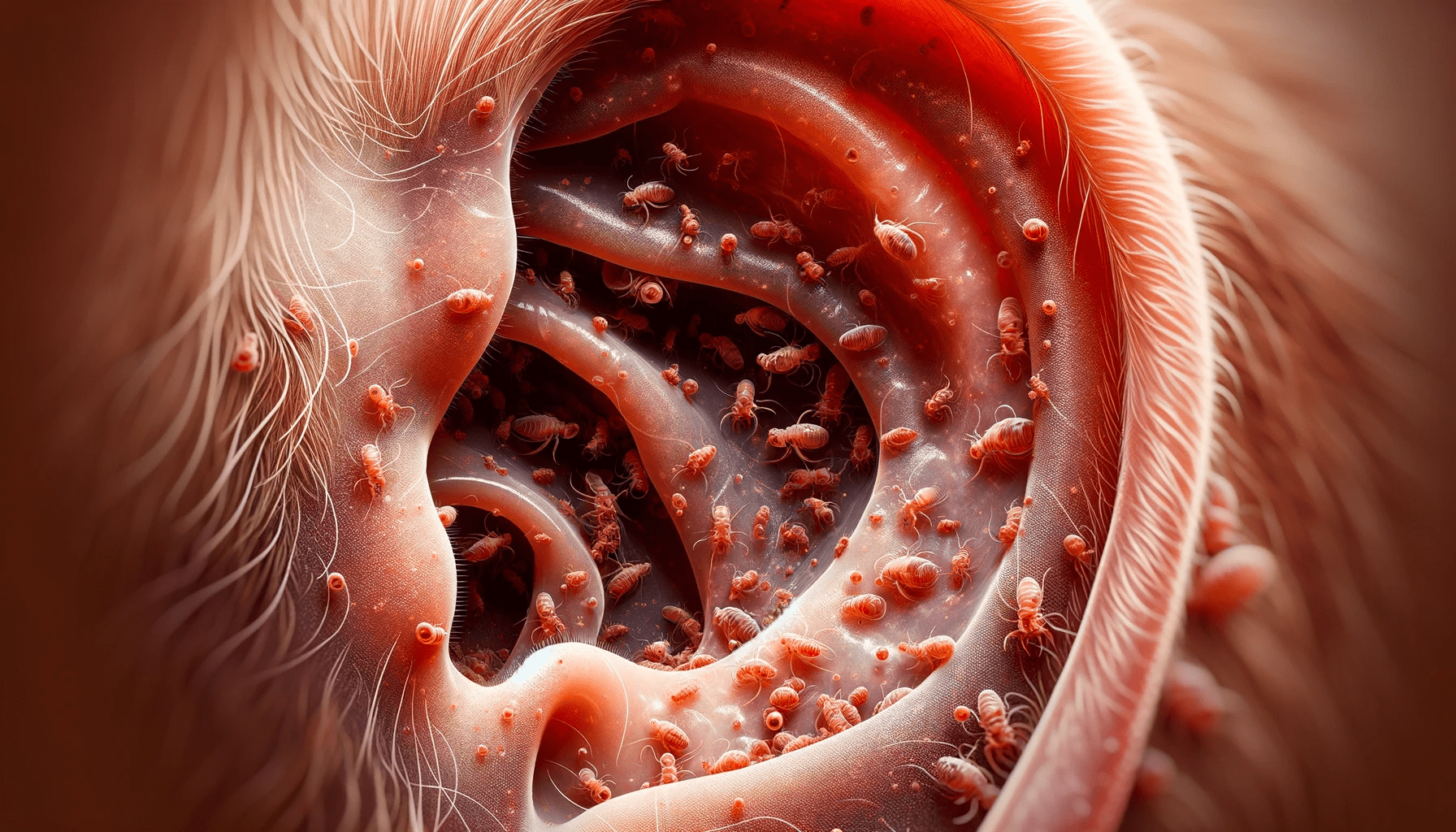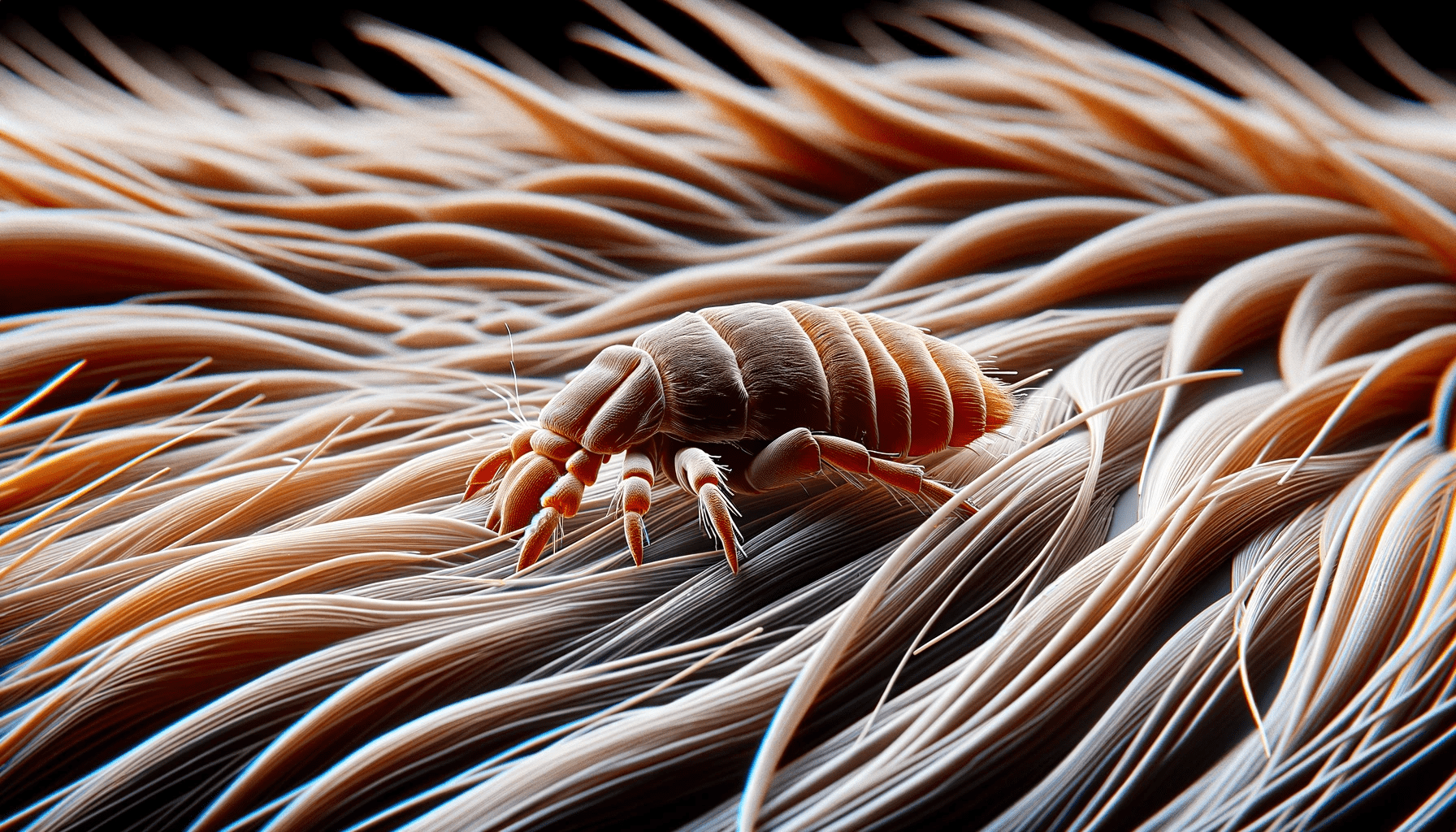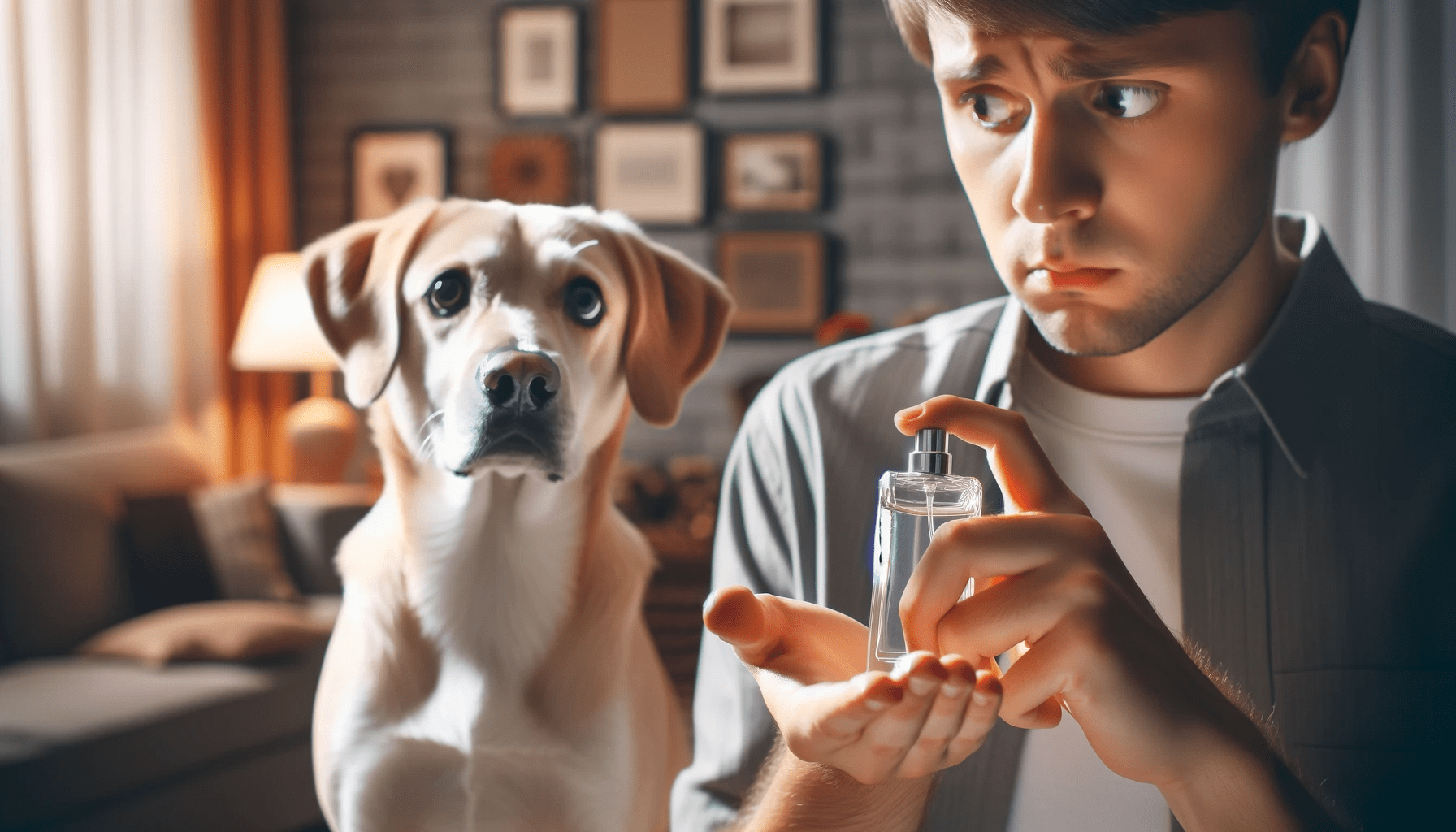Do you want to keep your furry friend healthy and happy? Regular dog grooming has numerous benefits for both you and your canine companion. By maintaining proper hygiene, grooming helps prevent infections and promotes early detection of health issues.
It also improves your dog's coat health, reduces shedding, and minimizes allergies. Moreover, grooming strengthens the bond between you and your pet, creating a loving and trusting relationship.
Discover the many advantages of regular dog grooming and ensure your pup's well-being.
Key Takeaways
- Early detection of fleas, ticks, and parasites
- Identification of skin infections, lumps, or sores
- Monitoring of ears, teeth, and nails for potential problems
- Prompt action and veterinary care if necessary
Improved Coat Health and Appearance
When you regularly groom your dog, you'll notice an improvement in their coat's health and appearance. Proper grooming techniques and regular grooming sessions have numerous benefits for your furry friend. One of the primary advantages is the improvement in their coat's health. Regular brushing helps remove loose hair, dirt, and debris, preventing matting and tangling. This promotes a healthier coat by reducing the risk of skin infections and irritations caused by trapped dirt and bacteria. Grooming also stimulates the production of natural oils, resulting in a shinier and more lustrous coat.
Another benefit of regular grooming is the enhanced appearance of your dog's coat. Brushing helps distribute the natural oils throughout the fur, making it look sleek and glossy. It also removes dead skin cells, leaving the coat cleaner and fresher. Additionally, grooming provides an opportunity to check for any abnormalities or parasites in your dog's coat, such as ticks or fleas, allowing you to address these issues promptly.
To maximize the benefits, it's essential to establish a regular grooming routine. The frequency of grooming sessions depends on your dog's breed, coat type, and lifestyle. Short-haired breeds may require grooming once a week, while long-haired breeds may need grooming sessions two to three times a week. By adhering to a consistent grooming schedule, you can ensure your dog's coat remains healthy and visually appealing.
Reduces Shedding and Minimizes Allergies
To reduce shedding and minimize allergies, regularly groom your dog. Grooming plays a crucial role in keeping your dog's coat healthy and in reducing shedding, which can help minimize allergies for both you and your furry friend.
Here are some ways in which regular grooming can achieve these benefits:
- Brushing: Regular brushing removes loose fur and helps distribute natural oils throughout your dog's coat, reducing shedding and keeping the skin moisturized.
- Bathing: Bathing your dog with hypoallergenic shampoos can help remove allergens from the coat, providing relief for allergy sufferers. It also helps keep the skin clean and healthy, reducing itching and irritation.
- Trimming: Regular trimming of your dog's fur can prevent excessive shedding, as well as reduce the accumulation of allergens like pollen and dust.
- Ear Cleaning: Cleaning your dog's ears regularly helps prevent infections and allergies caused by bacteria and other irritants.
By reducing shedding and minimizing allergies, regular grooming not only benefits your dog's health and well-being but also has practical advantages such as reducing grooming costs and increasing your dog's comfort.
Enhanced Skin Health and Prevention of Infections
Regular grooming of your dog enhances their skin health and helps prevent infections. By regularly brushing your dog's coat, you remove dirt, debris, and dead hair that can clog the pores and lead to skin issues. Additionally, grooming stimulates the production of natural oils, which moisturize the skin and keep it healthy.
Regular grooming also plays a crucial role in preventing infestations of fleas, ticks, and mites. These parasites can cause itching, irritation, and even transmit diseases to your furry friend. Through grooming, you can detect and remove any ticks or fleas before they have a chance to latch onto your dog's skin.
Furthermore, grooming promotes improved blood circulation in your dog's skin. The gentle brushing and massaging action stimulate the blood vessels, which increases the flow of oxygen and nutrients to the skin cells. This enhanced circulation helps to nourish the skin and promote its overall health.
In addition to preventing infections and promoting healthy skin, grooming also allows you to identify any skin abnormalities or issues early on. By regularly examining your dog's skin, you can detect any redness, rashes, sores, or lumps that may require veterinary attention. Early detection and treatment can prevent these issues from worsening and ensure your dog's skin remains in optimal condition.
Maintains Proper Hygiene and Cleanliness
Regular dog grooming is essential for maintaining proper hygiene and cleanliness.
By regularly grooming your dog, you can prevent skin problems such as matting, itching, and hotspots.
Additionally, grooming helps to reduce shedding, keeping your home cleaner, and promotes a healthy coat by distributing natural oils and removing dirt and debris.
Prevents Skin Problems
Grooming your dog regularly helps prevent skin problems by maintaining proper hygiene and cleanliness. Regular brushing removes loose fur and prevents matting, which can lead to skin irritation and infections. Bathing your dog with a gentle shampoo helps remove dirt, allergens, and parasites that can cause skin problems. Trimming your dog's nails prevents them from scratching their skin and causing wounds or infections. Cleaning your dog's ears regularly helps prevent ear infections, which can lead to skin issues.
In addition to maintaining hygiene, regular grooming also improves blood circulation to the skin, promoting a healthy coat and preventing dryness or flakiness. By incorporating grooming into your dog's routine, you can keep their skin healthy and prevent common skin problems.
Reduces Shedding
Reduce shedding by regularly grooming your dog, maintaining proper hygiene and cleanliness.
Dog shedding is a natural process in which old or damaged hair falls out to make way for new growth. However, excessive shedding can be a nuisance, leaving hair all over your clothes, furniture, and floors.
Regular grooming can help minimize shedding by removing loose and dead hair from your dog's coat. Brushing your dog's fur not only removes loose hair, but it also stimulates the production of natural oils that keep the coat healthy and shiny. Additionally, grooming allows you to check for any skin issues or parasites that could contribute to excessive shedding.
Promotes Healthy Coat
How can grooming your dog on a regular basis promote a healthy coat while maintaining proper hygiene and cleanliness?
Regular grooming is essential for maintaining a healthy coat and ensuring your dog's overall well-being. Here are some reasons why regular grooming is important for coat care:
- Removing loose hair: Regular brushing helps remove loose hair from your dog's coat, reducing shedding and preventing mats and tangles.
- Distributing natural oils: Grooming helps distribute natural oils throughout your dog's coat, keeping it moisturized and preventing dryness.
- Detecting skin issues: Regular grooming allows you to closely examine your dog's skin, helping you identify any potential issues such as infections, parasites, or allergies.
- Preventing dirt and debris buildup: Regular cleaning helps remove dirt, debris, and external parasites from your dog's coat, promoting proper hygiene and cleanliness.
Promotes Early Detection of Health Issues
Regular dog grooming helps you identify potential health issues early on. By regularly grooming your dog, you have the opportunity to closely inspect their skin, coat, and overall condition. This allows you to detect any abnormalities or changes that may indicate an underlying health problem. Early detection is key in promoting your dog's health and well-being.
During the grooming process, you can check for signs of fleas, ticks, or other parasites that may be hiding in your dog's fur. You can also examine their skin for any redness, lumps, or sores that may indicate an infection or allergic reaction. Additionally, grooming allows you to keep an eye on your dog's ears, teeth, and nails, which are often overlooked areas but can be prone to problems.
By catching potential health issues early, you can take prompt action and seek veterinary care if necessary. This can prevent minor issues from escalating into more serious conditions and ensure that your dog receives the appropriate treatment in a timely manner.
Regular grooming not only keeps your dog looking and feeling their best, but it also plays a crucial role in monitoring their overall health.
Strengthens the Bond Between Dog and Owner
Regular dog grooming not only improves your dog's overall well-being but also strengthens the bond between you and your furry friend. By taking the time to groom your dog, you're showing them love and care, which enhances communication and trust.
Through the grooming process, you can establish a routine and create a positive experience for both you and your dog, strengthening your bond even further.
Improves Overall Well-Being
Grooming your dog regularly enhances the overall well-being of both you and your furry companion. It goes beyond just keeping your dog clean and looking good. Regular grooming has several benefits that contribute to a healthier and happier life for your dog. Here are some ways in which grooming improves overall well-being:
- Improved Mood: Regular grooming helps to keep your dog's coat clean and free from mats or tangles, which can cause discomfort and irritability. A clean and well-groomed dog is more likely to be in a better mood and exhibit a happier disposition.
- Increased Socialization: Grooming sessions provide an opportunity for you to bond with your dog. The physical contact, gentle handling, and positive reinforcement during grooming can help build trust and strengthen the bond between you and your furry friend. Additionally, a well-groomed dog is more likely to be welcomed in social settings and interact positively with other dogs and people.
- Health Monitoring: Regular grooming allows you to closely examine your dog's skin, coat, ears, and nails. This helps you detect any potential health issues, such as skin infections, parasites, or abnormalities, early on. By catching these problems early, you can seek veterinary care promptly and ensure your dog's overall well-being.
- Stress Reduction: Grooming can have a calming effect on dogs, especially if they're accustomed to the process from a young age. The gentle brushing, bathing, and grooming techniques can help reduce stress and anxiety in dogs, promoting a sense of relaxation and well-being.
Enhances Communication and Trust
Building a strong bond and fostering effective communication between you and your dog is one of the key benefits of regularly grooming your furry companion.
Grooming sessions provide an opportunity for you to spend quality time with your dog, which helps build trust and deepen your connection.
As you groom your dog, you become more attuned to their body language and behavior, allowing you to understand their needs and emotions better.
Furthermore, the physical contact during grooming releases oxytocin, a hormone that promotes feelings of love and bonding.
When your dog feels comfortable and relaxed during grooming, they'll associate you with positive experiences, strengthening the trust between you.
This enhanced communication and trust will ultimately improve your overall relationship with your furry friend.
Frequently Asked Questions
How Often Should I Groom My Dog?
You should groom your dog regularly to maintain their overall health and appearance. The frequency of grooming depends on factors such as breed, coat type, and activities. Regular grooming has many benefits for your dog, including promoting healthy skin, preventing matting, and reducing shedding.
Can Regular Grooming Help Prevent Fleas and Ticks?
Regular grooming helps prevent fleas and ticks, but its benefits go beyond parasite prevention. It keeps your dog's coat healthy and clean, reduces shedding, promotes better skin health, and helps you detect any skin issues early.
What Are Some Common Grooming Tools and Products I Should Have?
To properly groom your dog, there are common grooming tools you should have, such as a slicker brush and nail clippers, along with essential grooming products like shampoo and conditioner. These tools help keep your dog clean and healthy.
Are There Any Specific Grooming Techniques for Different Dog Breeds?
Different dog breeds may require different grooming techniques, but all dogs benefit from regular grooming. Discover how to groom long-haired breeds and learn about the special grooming needs of short-haired breeds.
Can I Groom My Dog at Home or Do I Need to Take Them to a Professional Groomer?
You can definitely groom your dog at home, but there are benefits to taking them to a professional groomer. DIY dog grooming tips can help, but professionals have the expertise and tools for a thorough grooming experience.
Conclusion
Regular dog grooming offers numerous benefits for both the dog and its owner. It improves the health and appearance of the coat, reduces shedding and allergies, and enhances skin health while preventing infections.
Additionally, it maintains proper hygiene and cleanliness, promotes early detection of health issues, and strengthens the bond between the dog and its owner.
By investing in regular grooming sessions, dog owners can ensure their furry friends stay healthy, happy, and looking their best.
